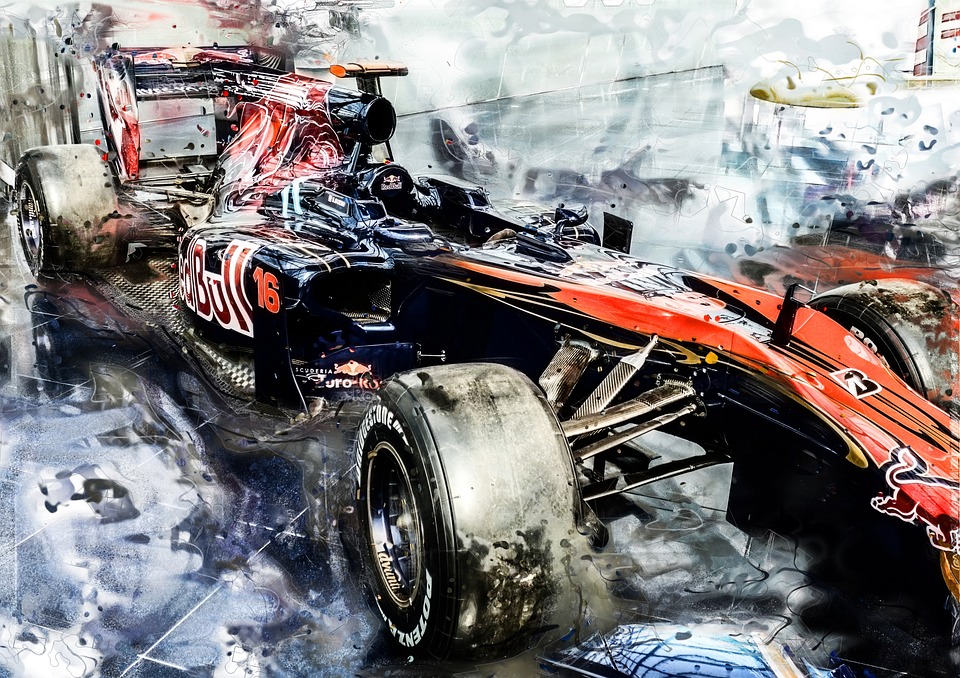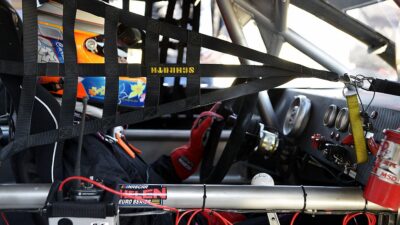Formula 1 (F1) racing has long captivated millions around the globe, not only for its exhilarating speed but also for its unparalleled blend of engineering, strategy, and human skill. The journey of F1 is a testament to technological innovation, with each passing year showcasing advancements that push the boundaries of what is possible on the racetrack. As we delve into the evolution of speed in F1, it’s essential to explore how technology is reshaping this iconic motorsport.
A Brief History of Technological Advancements
From its inception in 1950, F1 has been a hotbed for technological development. Early cars were rudimentary, relying on mechanical simplicity. However, as the sport progressed, significant advancements emerged, including the introduction of aerodynamics, turbochargers, and electronic systems.
The Advent of Aerodynamics
In the 1970s, the realization that aerodynamics could enhance performance led to revolutionary changes. The introduction of the split front wing and ground effect technology allowed cars to generate downforce, enabling them to maintain higher speeds through corners. This focus on aerodynamics not only improved lap times but also changed the entire design philosophy of F1 cars.
Turbochargers and Hybrid Technology
The turbo era of the 1980s exemplified the impact of powertrain innovations. Manufacturers like Renault and Honda harnessed the power of turbochargers to produce unprecedented horsepower. This, however, was short-lived, leading to a ban on turbo engines in the late 80s.
Fast forward to the 2010s, the introduction of hybrid power units marked another significant paradigm shift. Combining traditional internal combustion engines with electric systems, these power units maximize efficiency while delivering blistering speed. The Mercedes team, in particular, leveraged this technology to dominate the championship in the late 2010s, a clear indicator of how technology can dictate competitive balance.
Data-Driven Insights
Data analytics has become a cornerstone of modern F1. Teams employ advanced telemetry systems to collect real-time data about the car’s performance, aerodynamics, and tire conditions. This data is analyzed to fine-tune settings, optimize pit strategies, and enhance overall performance.
The implementation of machine learning algorithms and AI tools has further refined this approach. Engineers can now predict car behavior under various conditions, simulating thousands of scenarios to identify the optimal race strategy. This data-driven methodology has transformed race weekend strategies and has made teams more adaptable to changing conditions, leading to better outcomes on the track.
The Role of Simulation Technologies
Simulators have revolutionized driver training and car development. State-of-the-art simulators replicate real-world racing conditions, allowing drivers to practice and refine their skills without being on a physical track. This technology is instrumental in minimizing risks during testing, especially with the high stakes involved in F1 racing.
Additionally, teams can utilize simulators to test car setups and aerodynamic changes, significantly reducing the time and financial resources spent during physical testing. As F1 racing is tightly regulated with limited practice time, simulators act as an invaluable asset, allowing teams to maximize their performance before the green flag waves.
The Impact of Safety Innovations
Safety has always been a primary concern in F1, and technological advancements continue to enhance driver protection. The introduction of the Halo device, designed to protect the driver’s head during collisions, is one of the most prominent examples of recent advancements.
Beyond structural safety, the development of advanced telemetry systems allows teams to monitor driver performance in real-time. In-helmet cameras and biometric sensors provide feedback on a driver’s physical condition, ensuring they can endure the grueling demands of racing while maintaining peak performance.
Sustainable Innovations
In recent years, the push for sustainability has also taken center stage in F1. The sport aims to be net-zero carbon by 2030, prompting teams to explore more sustainable fuel options and carbon-neutral technologies. The introduction of hybrid engines is just the beginning; initiatives such as the use of biofuels and increased energy efficiency in cars are starting to shape the future of F1 racing.
The Road Ahead
The future of Formula 1 is one of unbounded potential, with speed and technology destined to evolve in tandem. Emerging technologies such as 5G connectivity and advanced battery systems promise to shape the next generation of racing. Moreover, as digital fan engagement and virtual racing experiences grow, the connection between fans and the sport will deepen.
Conclusion
Formula 1 is more than just a race; it is a dynamic ecosystem of technological innovation. From aerodynamics and hybrid engines to real-time data analytics and the relentless pursuit of safety advancements, technology continues to redefine speed. As we look to the future, it is evident that the fusion of technology in F1 will not only enhance the sport but also inspire future generations of engineers, drivers, and fans, keeping the spirit of competition alive and well. In the ever-evolving world of F1, one thing remains clear: the quest for speed is far from over.



